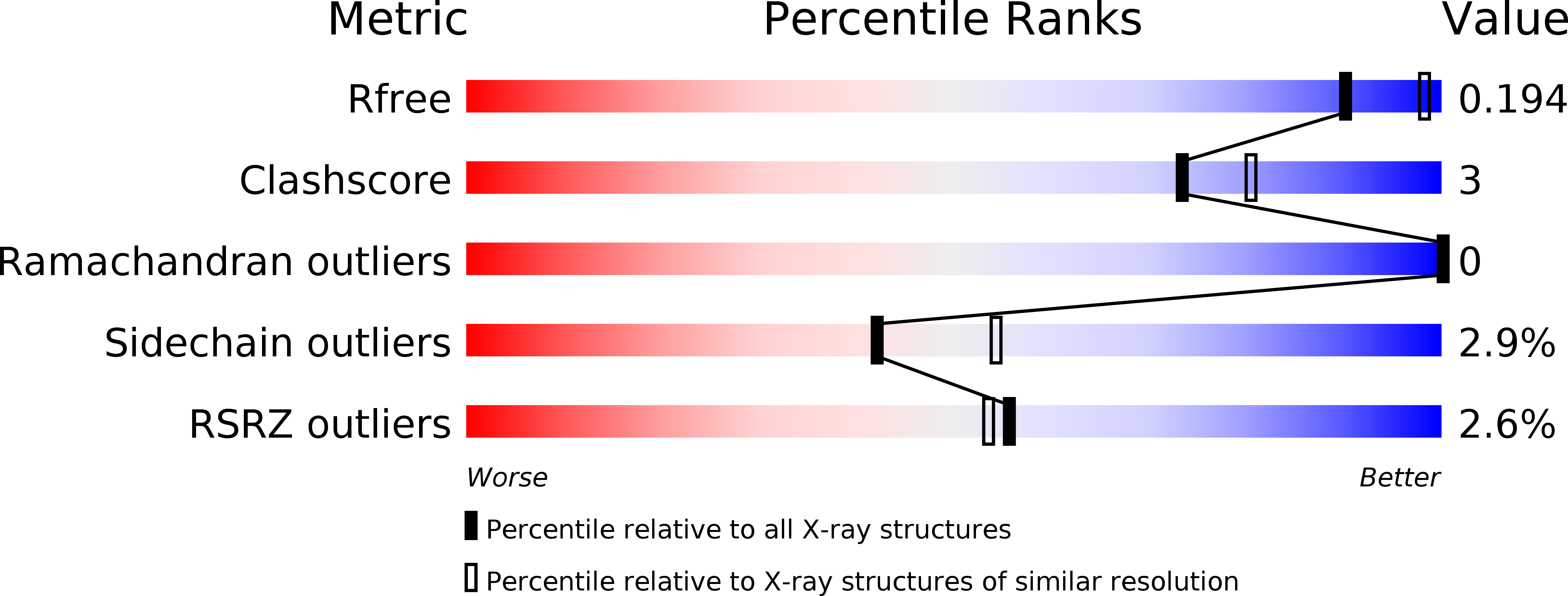
Deposition Date
2010-07-01
Release Date
2011-02-23
Last Version Date
2024-10-16
Entry Detail
PDB ID:
2XJ2
Keywords:
Title:
Protein kinase Pim-1 in complex with small molecule inhibitor
Biological Source:
Source Organism:
HOMO SAPIENS (Taxon ID: 9606)
Host Organism:
Method Details:
Experimental Method:
Resolution:
2.20 Å
R-Value Free:
0.20
R-Value Work:
0.16
R-Value Observed:
0.16
Space Group:
P 65


